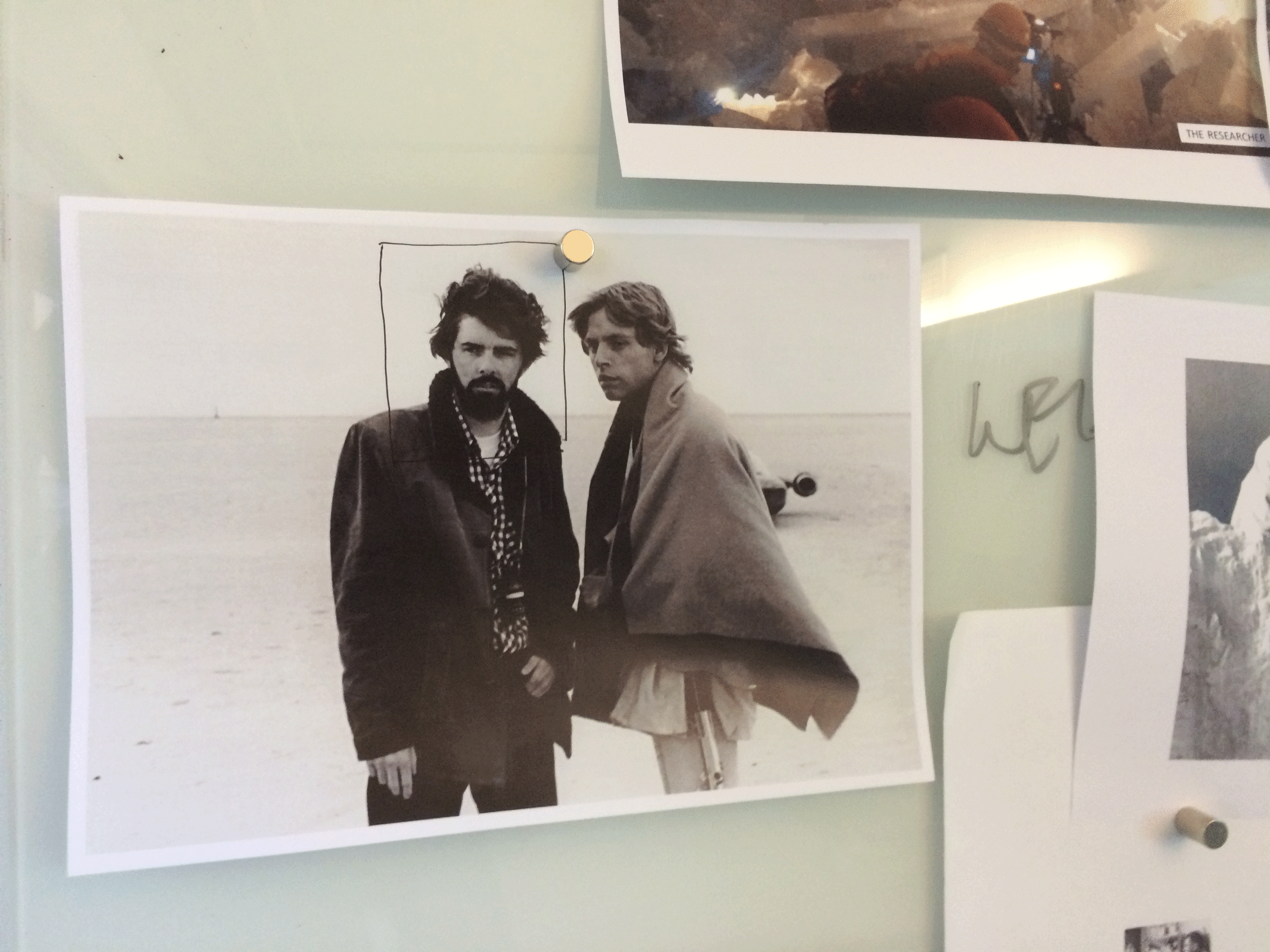Jan Fredrik Schønheyder Design Methodology for Safety-Critical Systems
My background comes from long hours drawing Star Wars in math books and dissecting my parents stereo. Now at home I have two small girls that repeat the cycle. I graduated with a masters degree in industrial design from AHO in 2005, and have now returned to the crime scene to learn about the things that I do not know.
In my profession I have designed for people that work in demanding and intense environments, ranging from offshore maritime operations, complex subsea processes to air surveillance. Environments where the "office floor" moves and split second decisions must be made. Systems that are commonly know as safety-critical systems.
Safety-critical systems are those systems whose failure could result in loss of life, significant property damage, or damage to the environment. There are many well known examples in application areas such as medical devices, aircraft flight control, weapons, and nuclear systems. Many modern information systems are becoming safety-critical in a general sense because financial loss and even loss of life can result from their failure. (Knight 2002)
Design projects in these environments can be highly sensitive and demanding. In addition to traditional design skills (Buxton 2010), the environment requires an understanding of the limitations and possibilities of the human mind in high stress situations.
However the average designer have limited knowledge in identifying and recognizing the operator’s cognitive limitations and workload. In often demanding project environments, designers lack the disciplinary vocabulary and expertise to argument for his or hers design solution. The challenge also consists in how to translate the disciplinary knowledge of psychology in to good design. In worst case the design can end up being more damaging than valuable for the operator. However if solved the result would not just have a positive impact on operators of safety-critical systems, but also significantly empower the designers and design projects.
To meet these challenges designers should have a deeper comprehension of cognitive and neuropsychology. These fields offer understanding of processes such as attention, language use, memory, perception, problem solving, and thinking (Gerrig, Zimbardo et al. 2011) and to understand the relationship between brain and behaviour, that is, its attempts to explain the way in which the activity of the brain is expressed in observable behaviour (Beaumont 2008).
I suggest merging cognitive and neuropsychology with the design discipline to create specific methods and principles for designers involved in safety-critical systems.
The project will result in a methodology that design teams can apply to a design process. This will contribute to gain the designers disciplinary knowledge, and to become more proficient and confident to design and articulate esthetic safety-critical systems. As a result the design will be more concentrated on securing the operator’s tasks and responsibility.
Institute of Design / Kjetil Nordby (Supervisor)
PhD started in 2015

